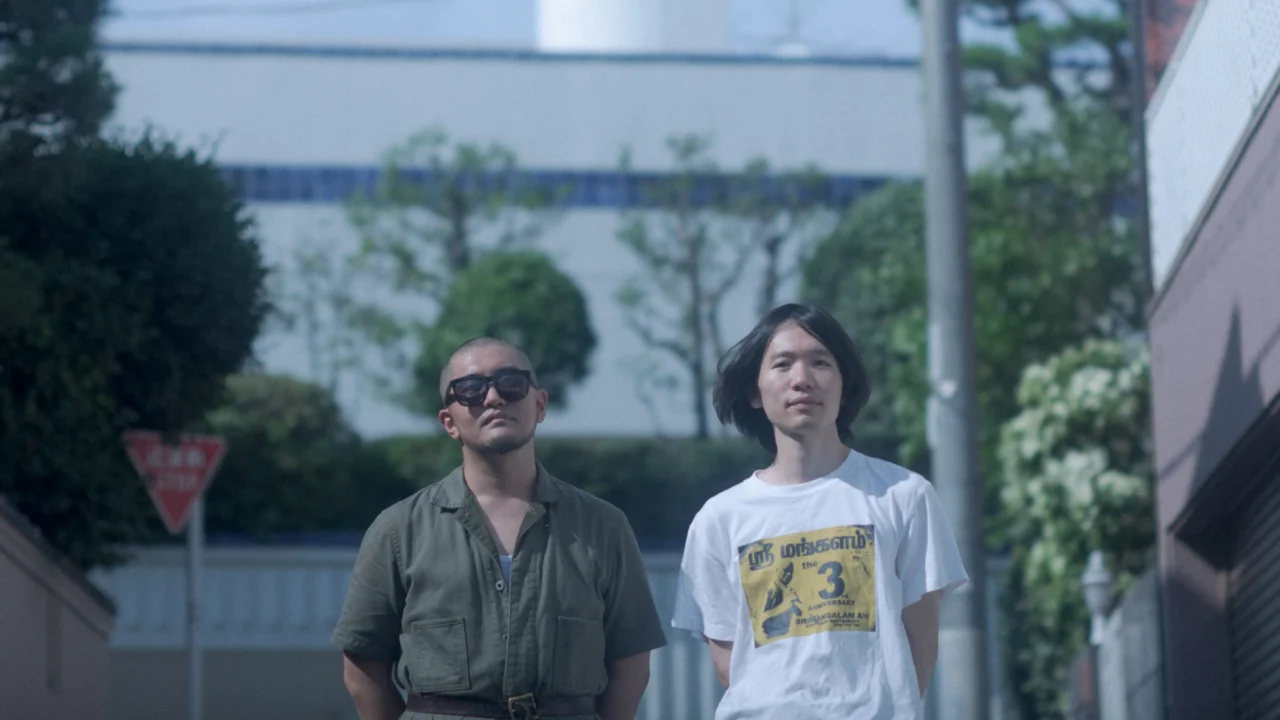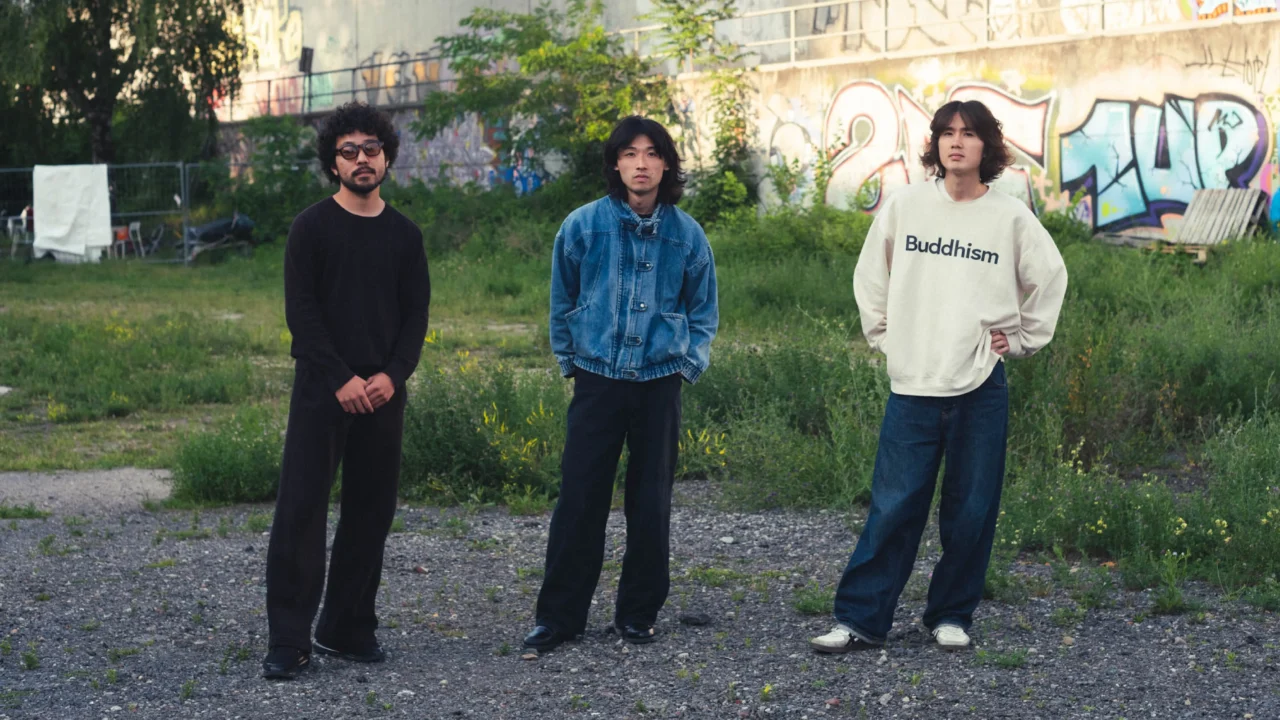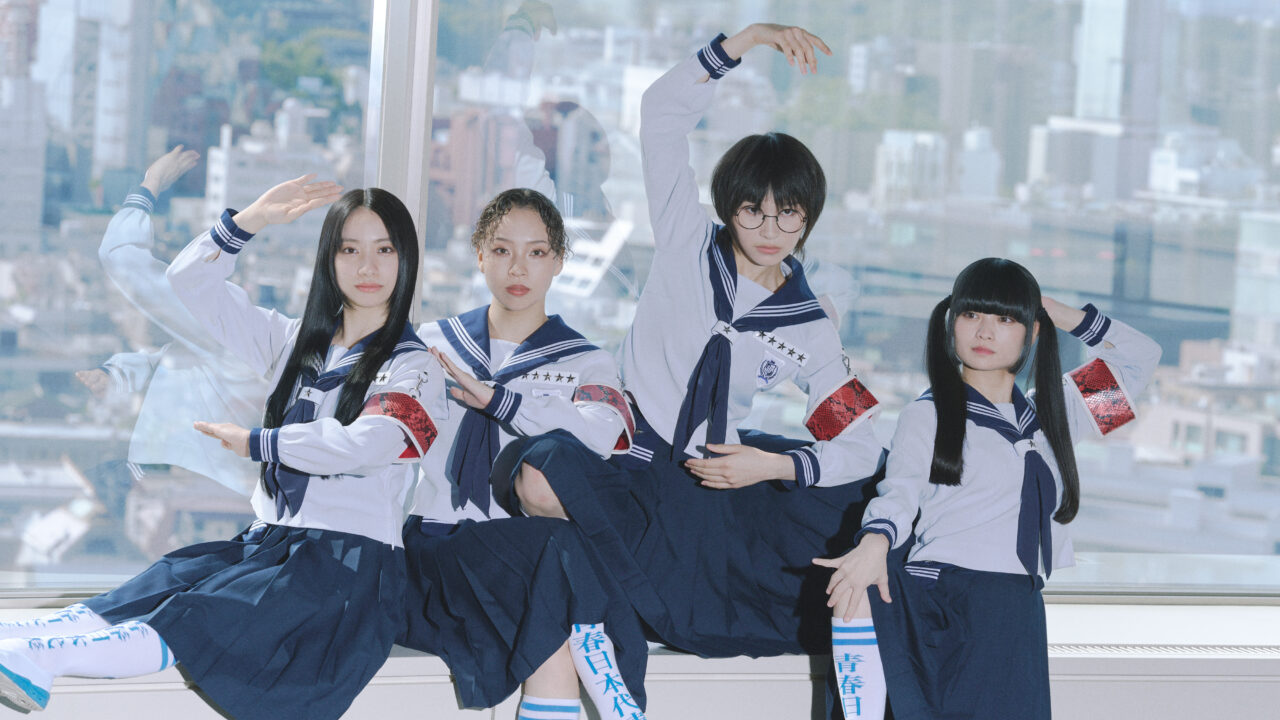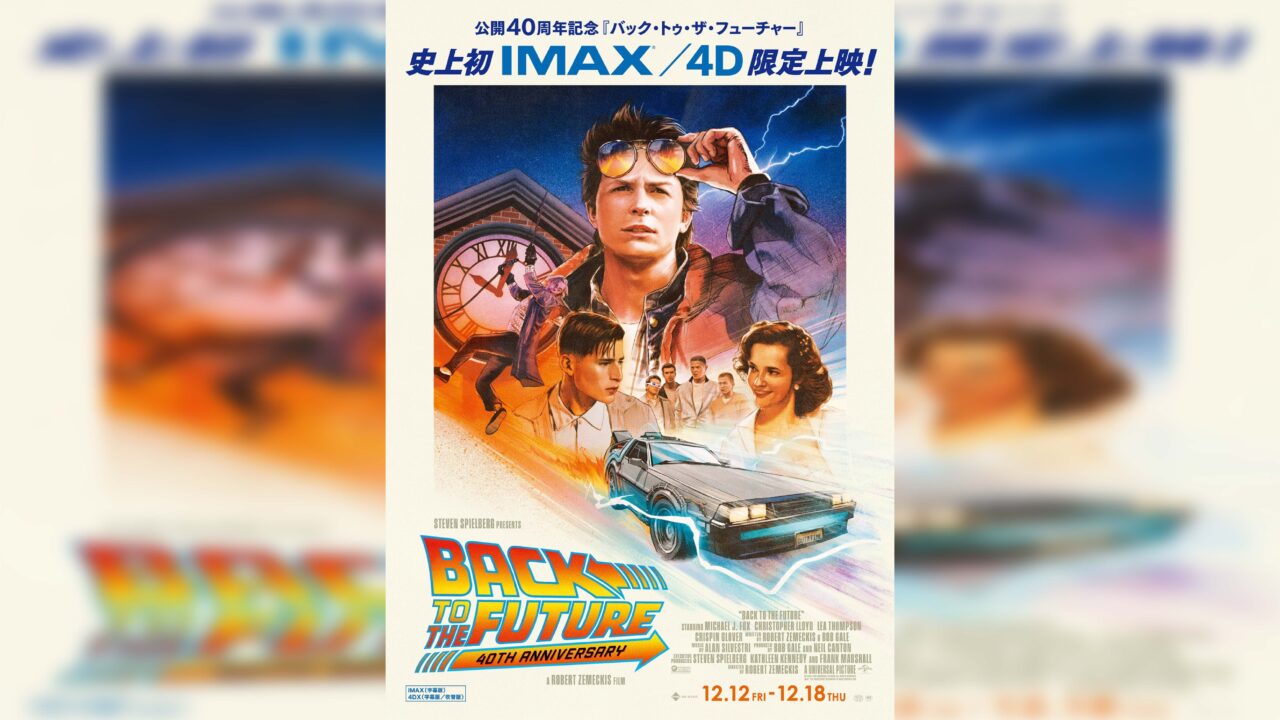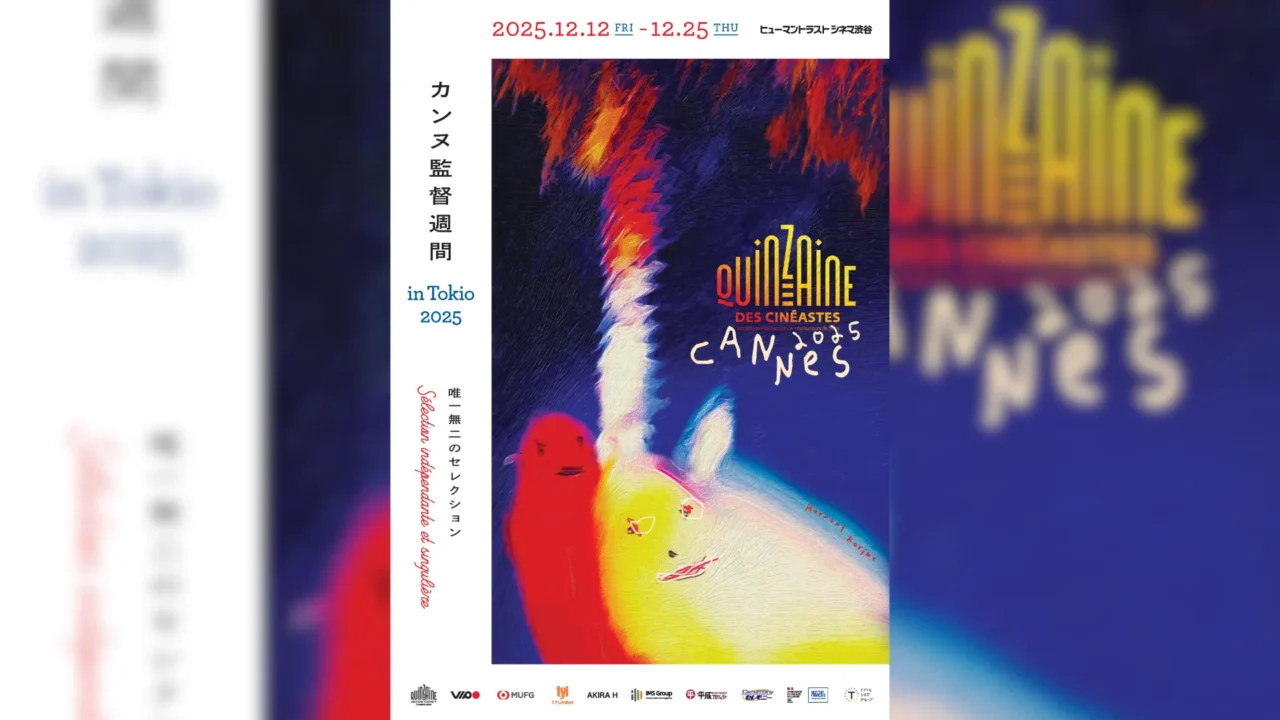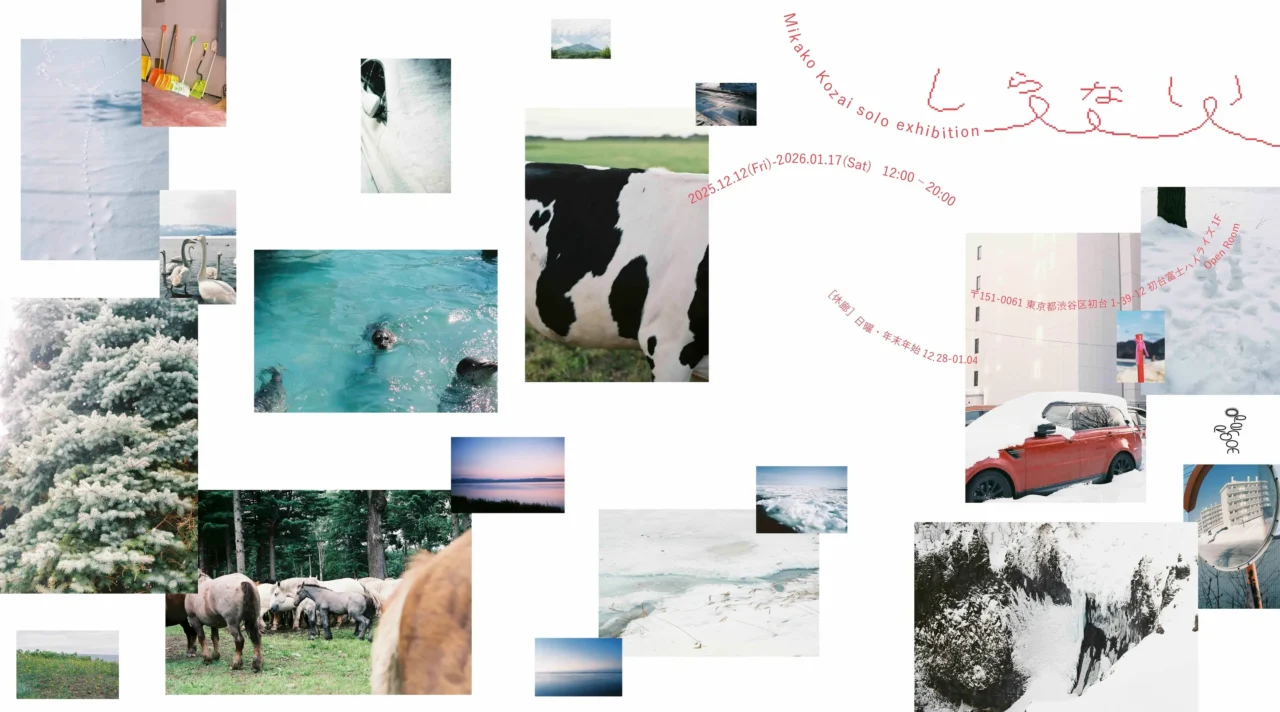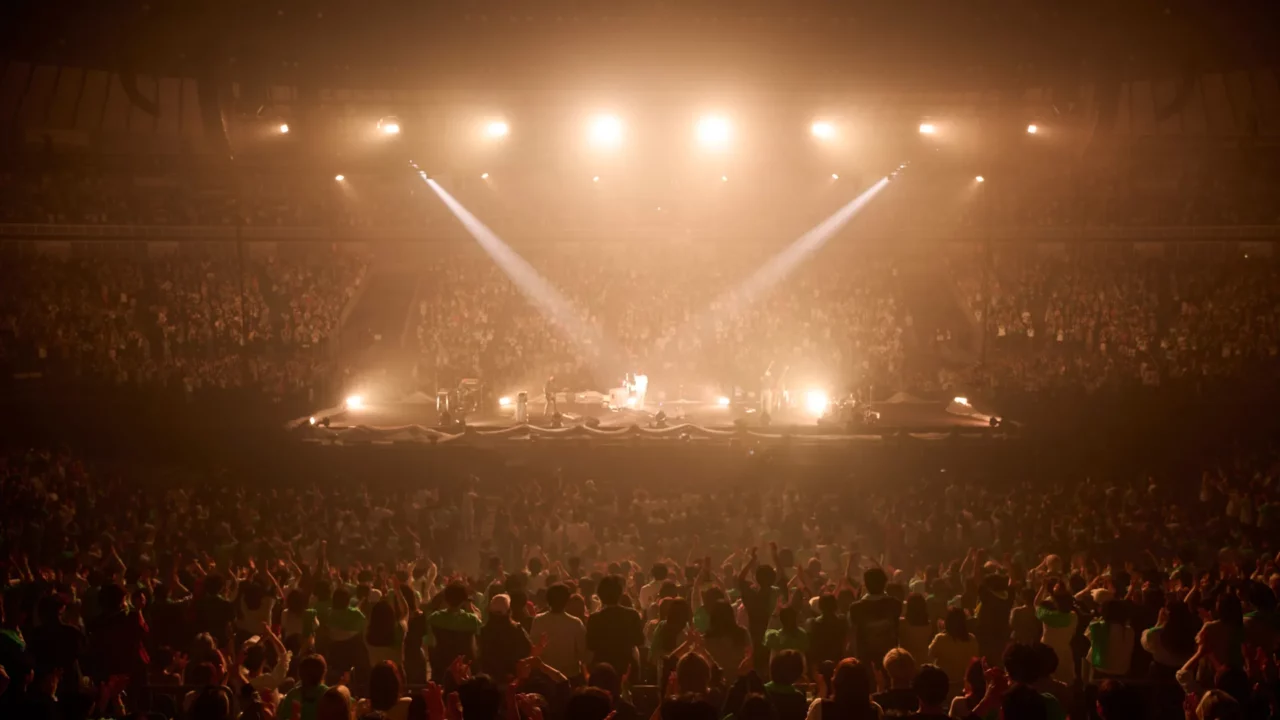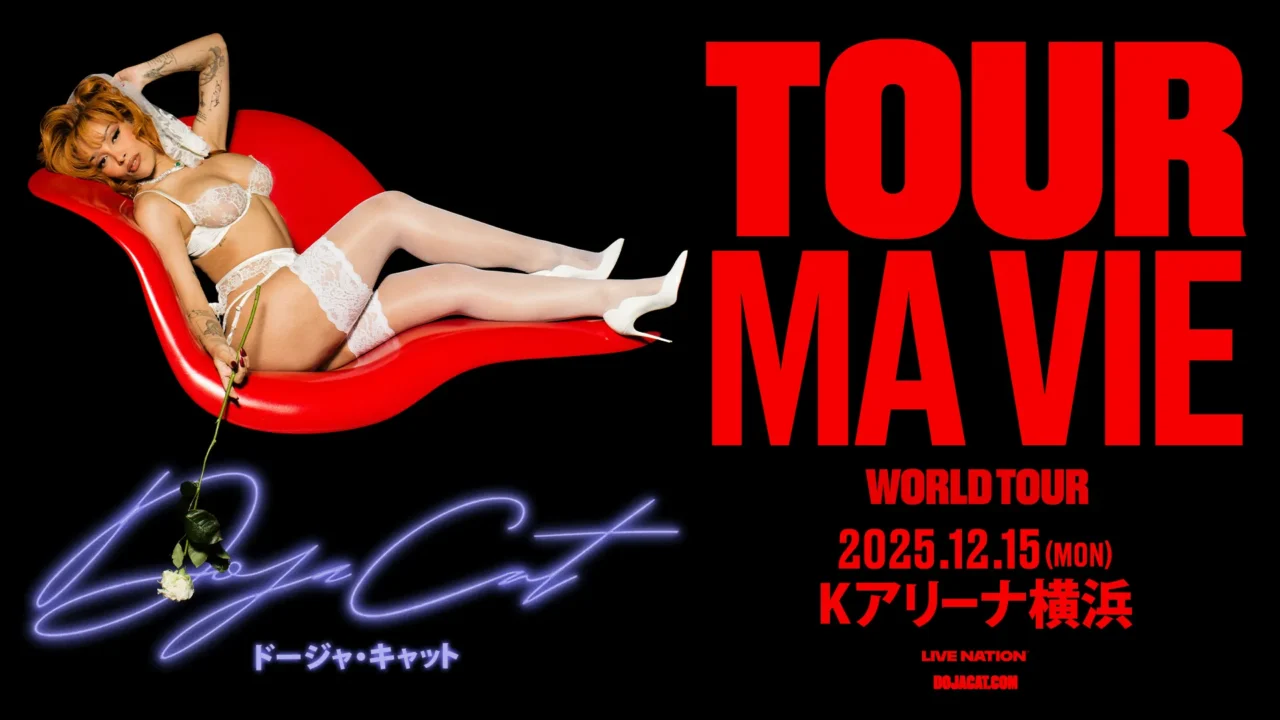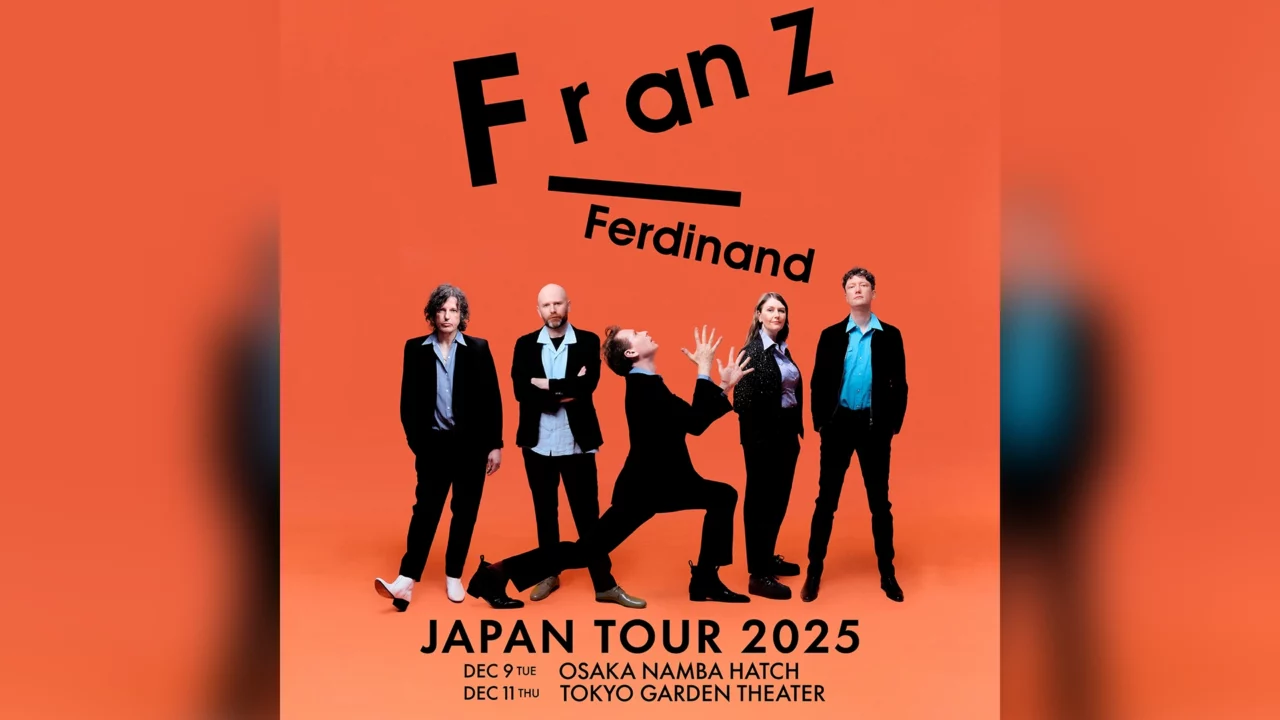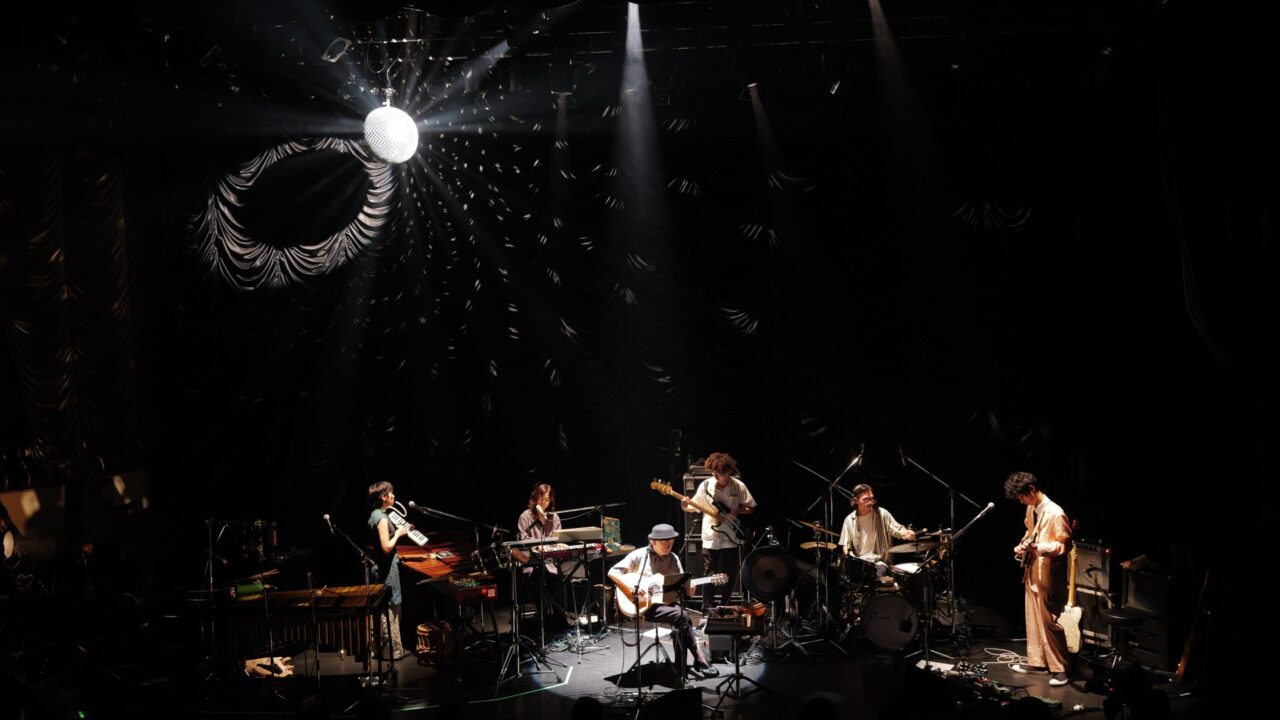INDEX
A Band Set Performance That Captures the Essence of “Contact”
The album Contact stands out for its intricate interplay and groove, blending vocal songs with instrumental pieces. Its rhythms often feature irregular time signatures, weaving delicate textures beneath the ethereal vocal melodies. However, in live performances, the dynamic range—from quiet moments to powerful climaxes—is even more pronounced, making the complex rhythms and polyrhythms feel more vibrant and energetic.
The track “i o e o” exemplified this expansive live expression. Following that, “Tako no Onna” made effective use of strong muted tones on cello, double bass, and guitar, creating a unique sonic atmosphere. In “theatre,” the rhythm alternates between triplets and straight beats, delivering a performance that is both danceable and charged with tension.
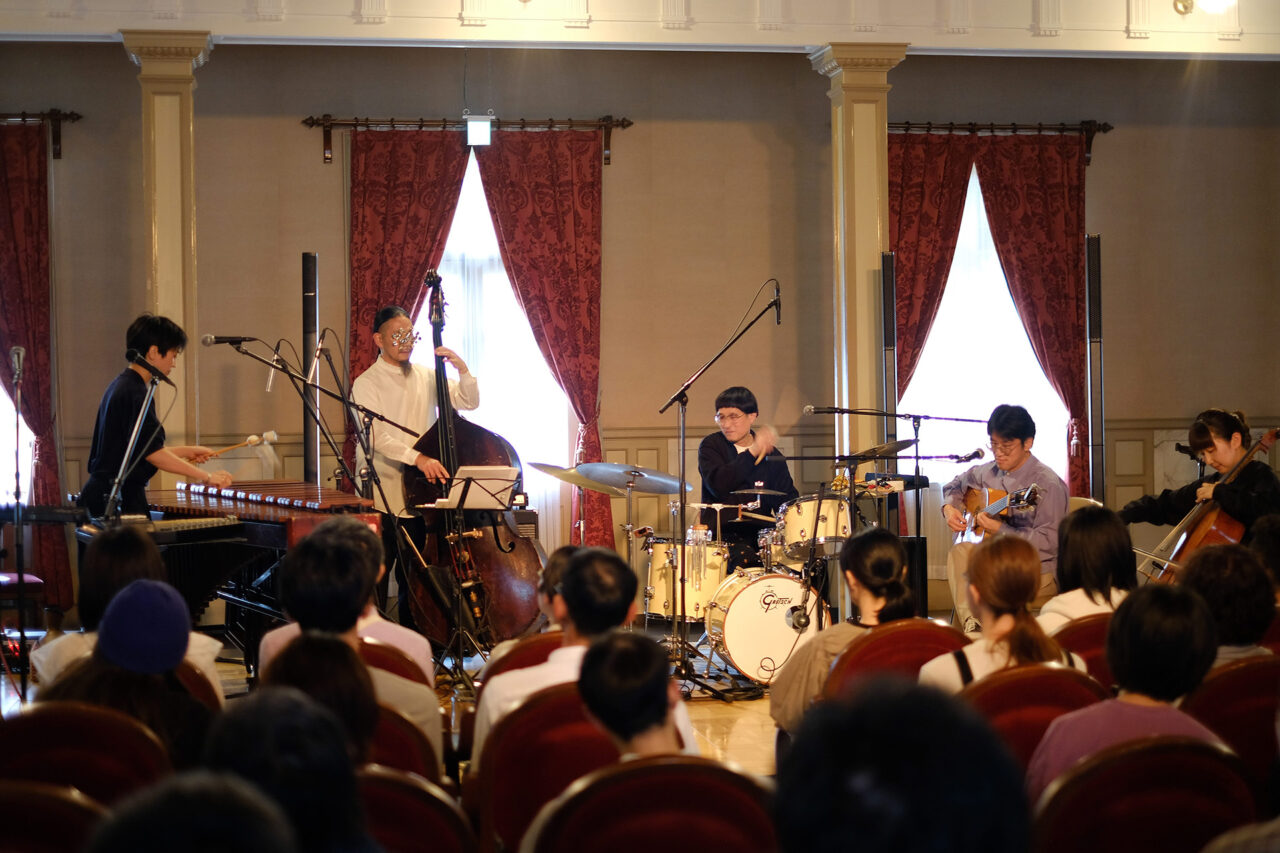
At this point, Kakudo took a moment for a short talk and break. While sharing the story behind coming to Yamagata, she also introduced the outfits worn by the entire band that day. The monochrome costumes were provided by BATONER, a knitwear brand based in Sagae City, Yamagata. Kakudo also models for BATONER’s seasonal campaigns. Alongside Yoshikatsu Seisakusho, BATONER is another connection that ties Kakudo to Yamagata.
After the talk, the band performed “November 21” from the previous album oar. Kakudo, wearing a mask that covered her eyes, stepped to the center of the stage holding a handheld mic and began to sing. They then returned to Contact with two consecutive instrumental tracks. “Flying Mountain,” with its ensemble reminiscent of progressive and post-rock, featured live dynamics that created a more dramatic expression of soft passages. “Kujira no Niwa” (“Whale’s Garden”), built on interwoven minimalistic riffs, flowed into a breathtakingly serene passage through its quiet repetitions.
Watching the performance with its diverse techniques, it became clear that most of the sounds produced were born from physical contact between the musicians and their instruments. Beyond percussion, the string players create a variety of sounds by how they press, pluck, or bow the strings. For example, when Iwa’s cello replaced its usual melodic and glossy tone with complex overtones and noise, or when Mitsunaga’s cymbals scraped like nails on a chalkboard, it was this very physical contact that shaped the space. This discovery of “contact” was unique to the band set live experience, offering something different from simply listening to the Contact album.









